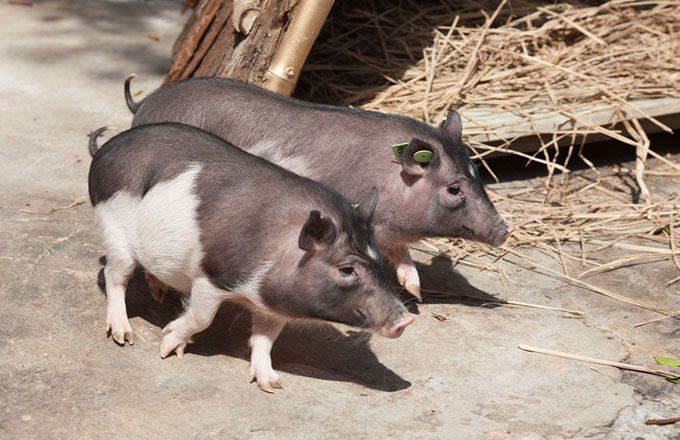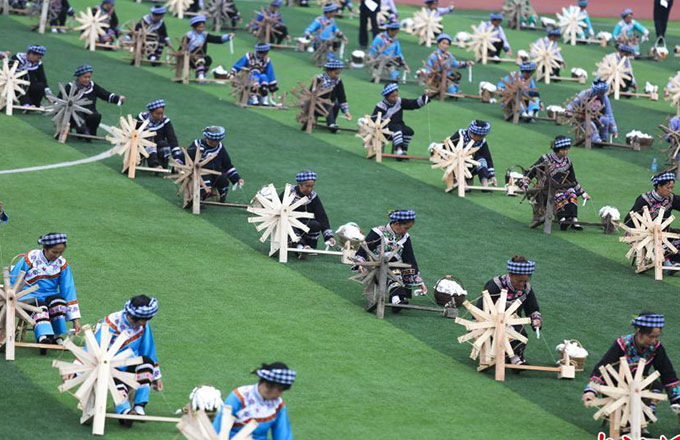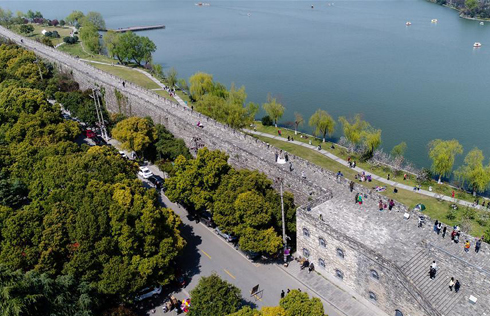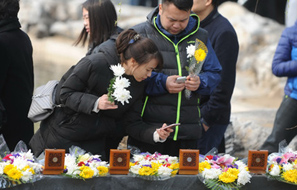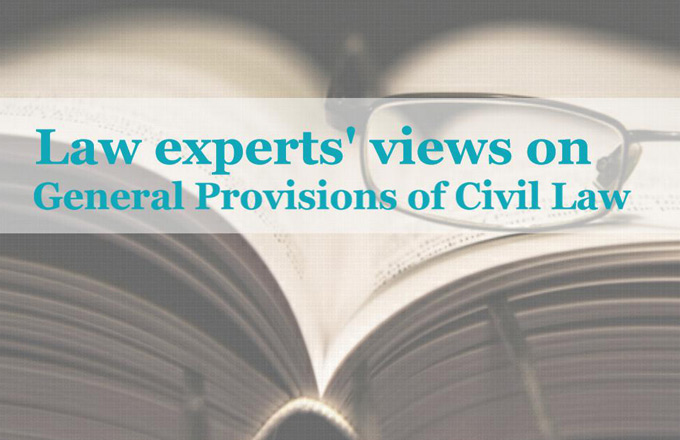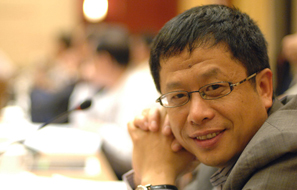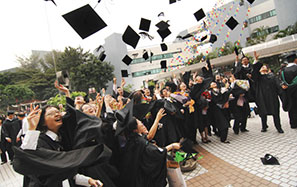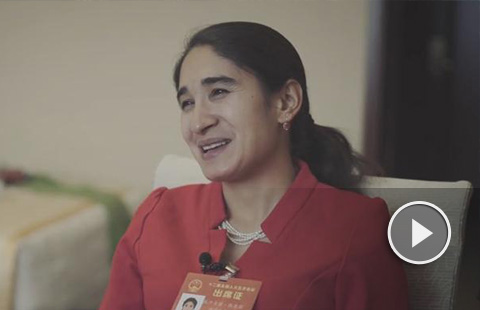Squaring the preservation-modernization circle
The departments played their parts in the improvement of infrastructure construction and brought private capital to the area after the relics were found.
Gubeikou is now a scenic spot and a history education base for the public. Local people's living standards have also been improved by the arrival of large numbers of tourists.
Shan Jixiang, head of Beijing's Palace Museum, also known as the Forbidden City, said years of development mean the area in downtown Beijing in which cultural relics have been located covers less than one-third of the city center.
The styles of the buildings and streets are very different to those that existed in the past, and a number of well-preserved alleys have been commercially developed to a limited extent, resulting in them losing their original ambience.
"It's difficult to both develop a modern multifunctional city and preserve its historical and cultural resources," Shan said.
The Beijing government is working to relocate a number of non-core sectors, such as heavy industry, outside the city, which could pose big challenges for those tasked with preserving areas of historical interest, according to Shan: "We should cherish our historical and cultural heritage like our own lives. Urbanization doesn't mean paving everything over and constructing new buildings."
Earlier this month, during the two sessions - the annual meetings of China's top legislative and political advisory bodies - Liu Yuzhu, head of the State Administration of Cultural Heritage, said "bringing relics to life" is a key task for the administration during the 13th Five-Year Plan.
He added that the administration has gradually opened 770,000 immovable cultural relics nationwide to the public in recent years, marking a big move forward.
"The very first step is to make the relics accessible to the people," he said.





